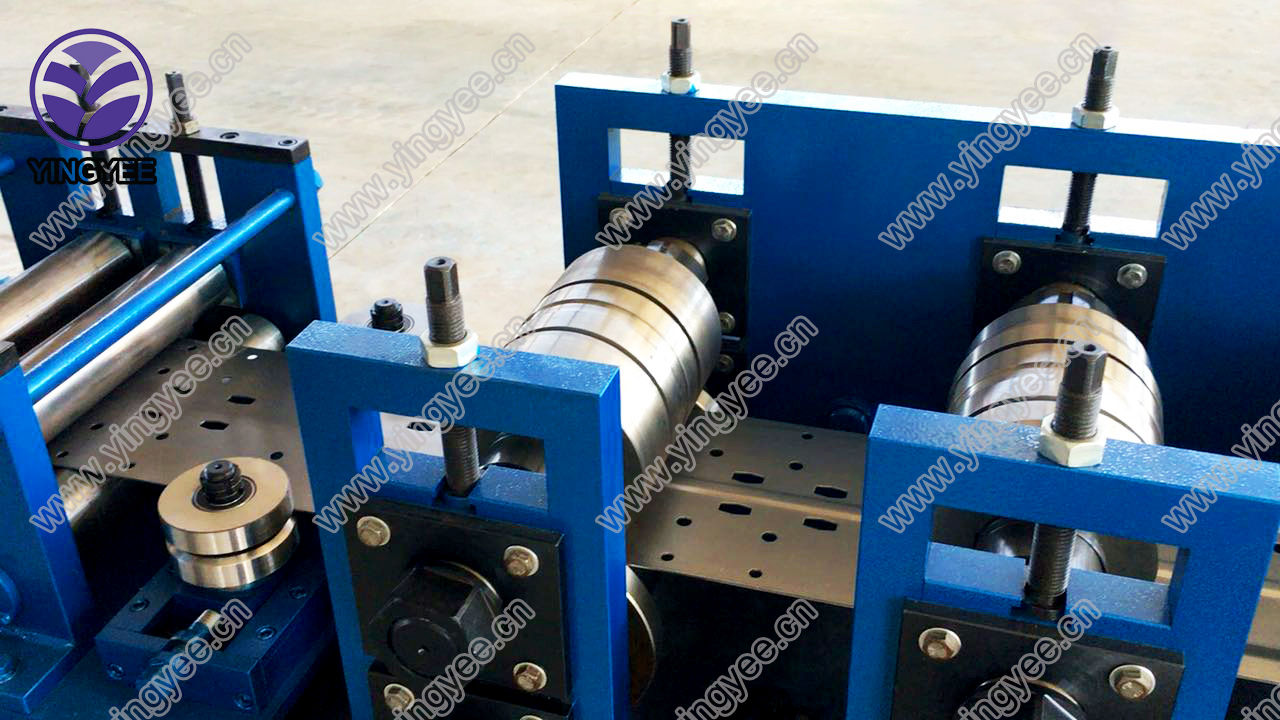
The Importance of Metal Storage Racks and Upright Pillar Roll Forming Machines in Modern Warehousing
In today's fast-paced industrial landscape, efficient storage solutions are paramount for maximizing space and improving productivity. Among the various storage options available, metal storage racks have emerged as a staple in warehouses across the globe. One essential component of these racks is the upright pillar, which provides structural integrity and stability. The manufacturing of these components is often achieved through advanced technologies like roll forming, which offers precision and efficiency.
Metal storage racks are designed to ensure that goods are stored safely and efficiently. These racks can accommodate a wide variety of products, from heavy machinery parts to lightweight consumer goods, making them versatile for various industries, including retail, automotive, and manufacturing. Their metal construction guarantees durability and longevity, allowing businesses to make a long-term investment in their storage solutions.
One of the critical components of any metal storage rack system is the upright pillar. These vertical supports are crucial for distributing the weight of the stored items evenly across the structure. Upright pillars are engineered to withstand significant loads, ensuring that they do not buckle or collapse under pressure. The design and manufacturing of these pillars influence the overall strength and safety of the storage system.
To create sturdy and reliable upright pillars, manufacturers often employ roll forming machines. These machines utilize a process that bends and shapes metal sheets into specific profiles, allowing for rapid and consistent production of upright pillars. Roll forming is favored in the industry for several reasons
1. High Efficiency Roll forming is a continuous process, allowing manufacturers to produce large volumes of upright pillar sections quickly. This efficiency translates into lower production costs and shorter lead times, which are essential for meeting the demands of modern warehousing.

2. Precision Engineering Roll forming machines can create highly accurate shapes and dimensions. This precision is critical in ensuring that the upright pillars fit seamlessly into the storage rack system, maintaining structural integrity and safety.
3. Material Versatility Roll forming can accommodate various types of metal, including steel and aluminum. This versatility ensures that manufacturers can choose the best materials for their specific applications, whether they require lightweight structures or heavy-duty support.
4. Customizability The roll forming process allows for easy customization of upright pillar designs. Manufacturers can adjust the machine settings to create different profiles, catering to specific storage requirements or industry standards.
In addition to more efficient production, roll forming contributes to waste reduction. The process generates minimal scrap material compared to other manufacturing techniques. This sustainability aspect is increasingly important for businesses looking to minimize their environmental footprint and adhere to eco-friendly practices.
As the demand for more effective warehousing solutions continues to rise, the role of metal storage racks and upright pillar roll forming machines will only become more significant. Businesses seeking to optimize their storage capabilities must invest in quality metal racks, ensuring they incorporate robust upright pillars designed for heavy loads. Similarly, collaborating with manufacturers who utilize roll forming technology will ensure that they receive the highest quality products tailored to their needs.
In conclusion, metal storage racks, bolstered by sturdy upright pillars produced through roll forming, play a crucial role in enhancing efficiency and safety in modern warehousing. As industries evolve and expand, the demand for innovative storage solutions will continue to grow, making the expertise of roll forming manufacturers vital to meeting these needs. Investing in metal storage systems not only promotes organization and space optimization but also contributes to the overall operational success of businesses in today's competitive market.